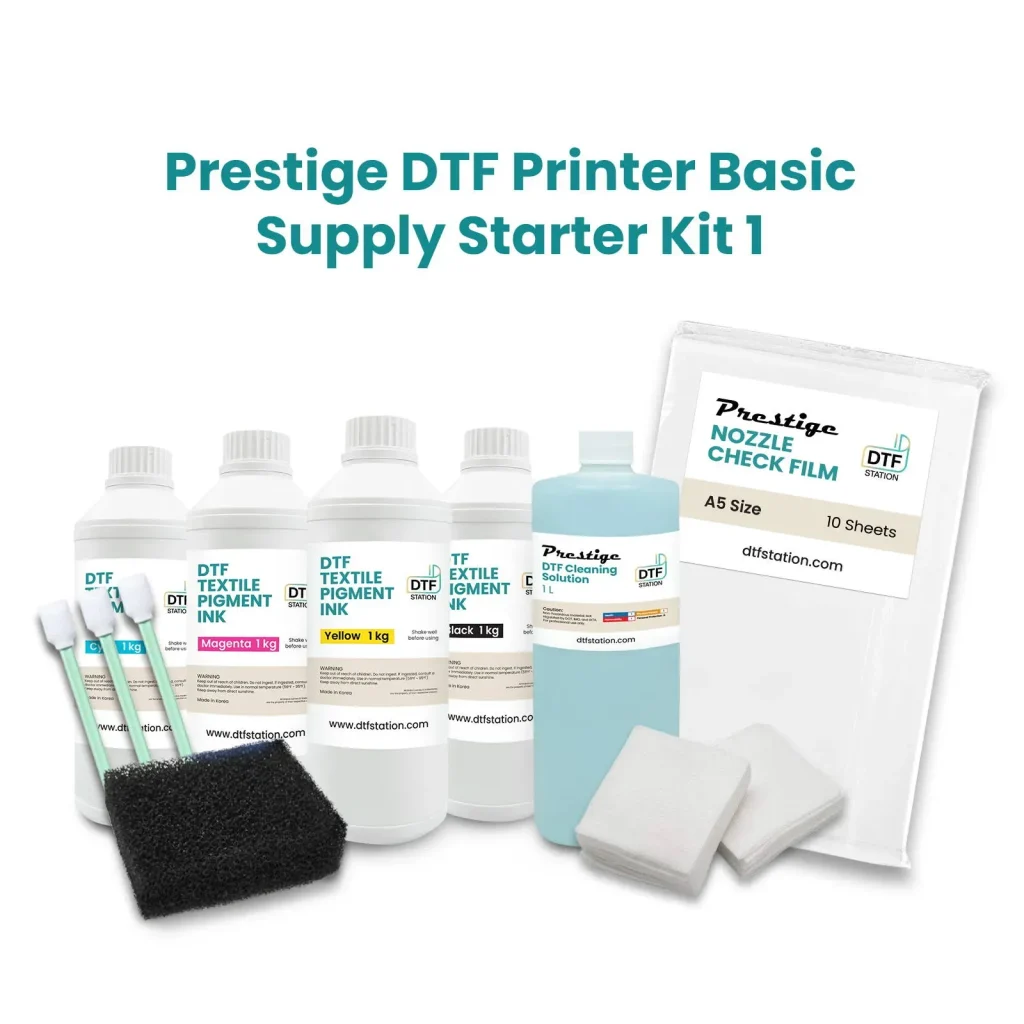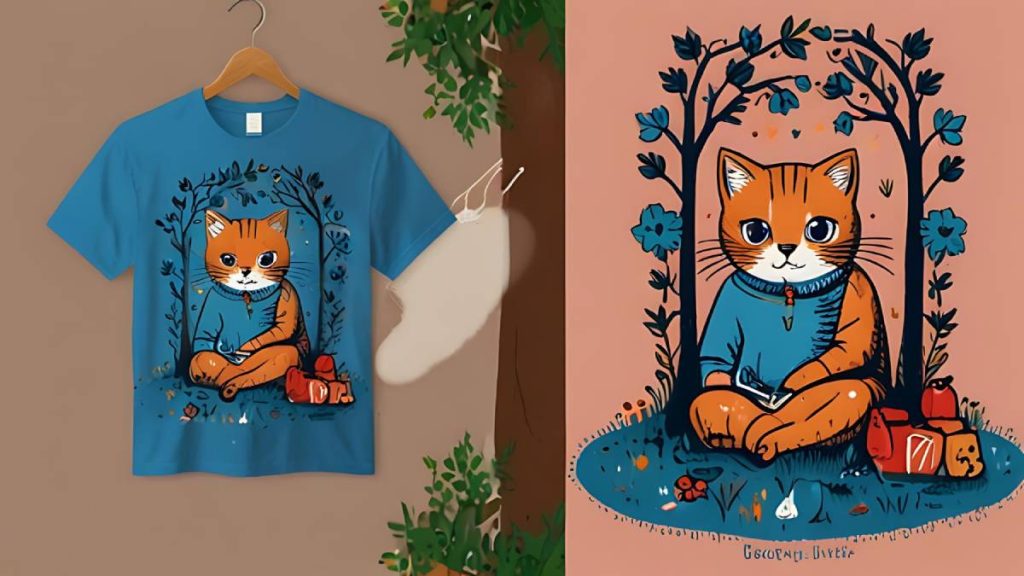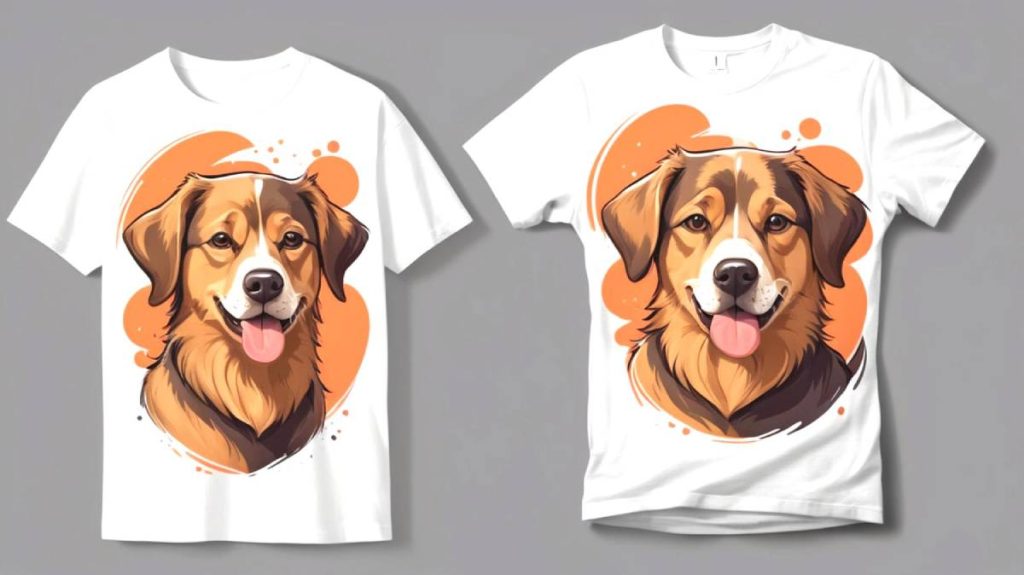DTF Supplies are essential for any artist or designer looking to take their creativity to the next level. Direct to Film (DTF) printing has become a game-changer in the world of artistry, allowing for the seamless transfer of intricate designs onto various surfaces. For those curious about how to make the most of this innovative technique, understanding the best DTF supplies is crucial. In this guide, we’ll explore the essential DTF equipment you need to elevate your artwork and ensure vibrant, long-lasting prints. Whether you’re a seasoned professional or a budding artist, knowing the right DTF equipment can help unlock your creative potential.
When delving into the realm of Direct to Film printing, it’s important to familiarize yourself with its vital equipment and materials. This printing method, favored for its versatility and efficiency, relies heavily on quality supplies to achieve superior results. The right tools, often referred to as DTF essentials, play a pivotal role in producing stunning artistic outputs. From specialized printers and high-quality films to fine adhesive powders, each component contributes to the success of your printing endeavors. As you embark on your journey into this dynamic printing process, understanding these crucial elements is the first step toward mastering DTF techniques.
Understanding the Benefits of DTF Printing for Artists
DTF printing presents a unique opportunity for artists to expand their creative horizons. Unlike traditional screen printing, DTF allows for a more diverse range of materials, enabling artists to experiment with textiles such as cotton, polyester, and blends. This versatility not only broadens the scope of projects, but also allows for the production of high-quality prints on various surfaces, enhancing the artistic expression in their work.
Furthermore, the vibrant colors achieved through DTF printing are a significant draw for creatives. The use of high-quality inks ensures that designs are not only bright but also long-lasting. Artists can confidently use DTF printing for projects that demand durability, such as fashion apparel or custom merchandise. This allows for the creation of unique pieces that stand out in a competitive marketplace.
Key DTF Supplies That Every Artist Should Have
The foundation of successful DTF printing lies in having the right supplies. First and foremost is a reliable DTF printer capable of producing top-notch designs. Investing in a printer from reputable brands like Epson or Brother can drastically improve the outcome of prints. Additionally, choosing high-quality DTF transfer film is essential; it directly influences the overall vibrancy and longevity of the designs.
Another crucial supply is the adhesive powder. This material plays a fundamental role in ensuring that the ink bonds effectively to the substrate during the heat transfer process. High melt-rate powders ensure that designs adhere perfectly, resulting in smooth and durable prints. Together with a quality heat press, these supplies significantly optimize the DTF printing process, allowing artists to achieve professional results every time.
The Essential DTF Painting Equipment for Creative Professionals
When it comes to DTF printing, having the essential equipment can make a huge difference in output quality. One of the key pieces of equipment is the heat press, which is vital for transferring designs accurately. Clamshell models are often recommended due to their ease of use. Ensuring the heat press has adjustable temperature settings allows artists to tailor the process for different projects.
In addition, utilizing high-quality inks specific to DTF printing is essential for achieving the best results. Brands like Tex-Print provide inks that not only promise vibrant colors but also ensure that the designs maintain their integrity even after multiple washes. As artists invest in their equipment, the quality of their work will reflect their commitment to utilizing the best DTF supplies available.
Tips for Beginners on How to DTF Printing
For novices, diving into the world of DTF printing can feel overwhelming, but armed with the right tips, the process can become much more manageable. First, understanding the fundamentals of the DTF printing process is crucial. Starting with clearly defined steps—including printing on transfer film, applying adhesive powder, and using a heat press—will help lay a solid foundation for successful prints.
Moreover, beginners should consider practicing with various designs and materials to gain confidence in their skills. Experimenting with different DTF films and settings will help in discovering the right processes that yield the best outcomes. As knowledge grows, artists can streamline their methods and enhance the overall creativity in their artwork.
The Future of DTF Supplies and Equipment
As the DTF printing industry rapidly evolves, new supplies and equipment continue to emerge, enhancing the creative potential for artists. Manufacturers are increasingly focusing on eco-friendly materials, which align with the industry’s shift towards sustainability. This includes the development of organic inks and recycled transfer films, providing artists with the tools to create beautiful prints while minimizing their environmental footprint.
In addition, advancements in technology are leading to more user-friendly DTF printers and heat presses, making them accessible for artists of all experience levels. As these innovations roll out, they not only improve the quality of prints but also streamline the operational processes for creatives, allowing them to focus on their artistry rather than on the technicalities of printing.
Promoting Your Artwork Using DTF Printing
DTF printing provides an incredible medium for artists not only to create their work but also to promote it effectively. By producing high-quality prints, artists can create one-of-a-kind merchandise that can be marketed to a wider audience. T-shirts, bags, and posters are just a few examples of how DTF prints can be transformed into purchasable items that showcase an artist’s unique style.
Additionally, artists can leverage social media platforms to share their DTF creations, tapping into communities that appreciate custom art and printed materials. Engaging with followers by showcasing the DTF process, from initial design to final product, plays a crucial role in building an online presence and attracting potential buyers.
Frequently Asked Questions
What are the essential DTF supplies needed for beginners?
To get started with DTF printing, beginners need a DTF printer, DTF transfer films, adhesive powder, a reliable heat press, and high-quality inks. These essential DTF supplies will ensure optimal print quality and ease of use during the printing process.
How does DTF printing compare to other printing methods?
DTF printing stands out for its versatility and the ability to print designs on various materials such as cotton and polyester. Unlike traditional screen printing, DTF provides high-resolution quality, making it a preferred choice for artists looking for vibrant and durable prints.
What is the best DTF printer for high-quality results?
The best DTF printers are often specialized models like those from Epson and Brother. These printers use water-based inks compatible with DTF films and are known for their precision, color accuracy, and ability to capture intricate details in designs.
Can I use regular ink for DTF printing?
No, using regular inks for DTF printing is not recommended. It’s important to utilize high-quality DTF inks specifically designed for the DTF process, as they provide better adhesion, color vibrancy, and durability on printed surfaces.
What maintenance is required for DTF supplies like printers and heat presses?
Regular maintenance of DTF printers includes cleaning the print heads and keeping the workspace dust-free to maintain print quality. For heat presses, ensuring even temperature distribution and checking for any wear are essential for optimal performance.
Are there eco-friendly DTF supplies available for sustainable printing practices?
Yes, many manufacturers now offer eco-friendly DTF supplies such as sustainable inks and materials. Embracing these options allows artists to engage in environmentally friendly printing while still achieving high-quality results.
| Key Points | Details |
|---|---|
| Understanding DTF Printing | DTF printing transfers designs onto fabrics using a special film, adhesive powder, and heat press. |
| DTF Printing Process Steps | 1. Print on DTF film using a specialized printer. 2. Sprinkle adhesive powder over the design. 3. Cure the adhesive with a heat press. 4. Transfer the design onto the surface. 5. Peel the film after cooling. |
| Essential DTF Supplies | 1. DTF Printer: Use water-based inks compatible with DTF. 2. DTF Transfer Film: Look for strong adhesive coating. 3. Adhesive Powder: Ensures ink bonds to substrate. 4. Heat Press: Essential for even heat distribution. 5. High-Quality Inks: Enhance color and durability. |
| Maintenance Tips | Perform regular maintenance on the DTF printer. Utilize graphic design software to prepare and manage designs effectively. |
| Emerging Trends | 1. Eco-Friendly Options: Sustainable inks and materials. 2. Community Engagement: Sharing tips and networking within online platforms. |
Summary
DTF Supplies play a crucial role in harnessing the full potential of your artistic endeavors. By understanding the essentials of DTF printing — which includes choosing the right printer, transfer film, adhesive powder, heat press, and high-quality inks — you can elevate your artwork to new heights. This innovative technique not only enhances the vibrancy of your designs but also offers unparalleled versatility on various materials. As you explore this dynamic landscape, keep an eye on emerging trends like eco-friendly options and community engagement that can enrich your creative journey. With the right DTF Supplies and insights, you’ll be better equipped to produce stunning pieces that captivate and inspire.



